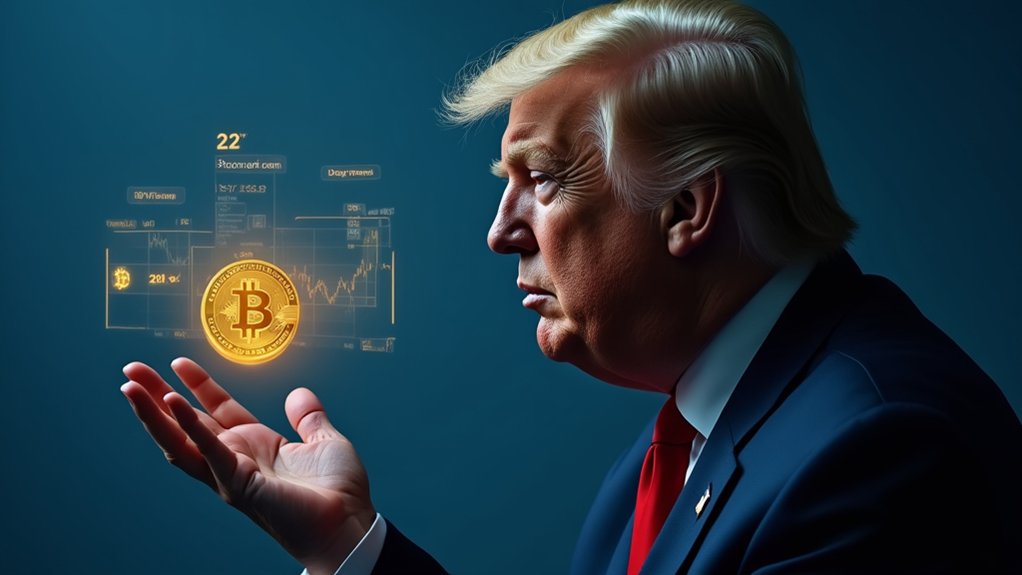The mathematics of Bitcoin ownership in 2025 reveal a stark reality that would make even the most optimistic cryptocurrency evangelists pause: owning a single, complete Bitcoin has become the digital equivalent of joining an exclusive club with fewer than 2 members per 1,000 cryptocurrency holders.
While approximately 320 million people worldwide hold some fraction of Bitcoin—representing 4% of the global population—only 0.18% of these cryptocurrency owners possess one complete coin or more.
Of 320 million Bitcoin holders worldwide, fewer than 2 in every 1,000 own a complete coin.
The disparity becomes more pronounced when examining the average holdings. Most Bitcoin owners hold roughly 0.57 BTC, suggesting that the majority have embraced fractional ownership as their primary strategy. This fragmentation isn’t merely a matter of preference; it reflects the brutal arithmetic of Bitcoin’s design constraints and current market realities.
Bitcoin’s maximum supply cap of 21 million coins initially seemed generous when the network launched, but with over 19.8 million already mined and fewer than 1.2 million remaining, scarcity has transformed from theoretical concept to mathematical certainty. This digital scarcity has made Bitcoin an increasingly attractive hedge against inflation as traditional fiat currencies continue to expand their supply.
The situation becomes more acute when considering that large amounts of Bitcoin remain permanently inaccessible—lost private keys, forgotten wallets, and the legendary 968,000 BTC attributed to the anonymous creator Satoshi Nakamoto, representing approximately 4.6% of the total supply.
The concentration statistics paint an even starker picture. A mere 1.86% of Bitcoin addresses control 90% of the total supply, while the top 100 addresses hold over 58% of all Bitcoin. Corporate giants like MicroStrategy (580,250 BTC) and major exchanges such as Binance (248,598 BTC in their largest cold wallet) have effectively removed massive quantities from retail circulation. The mining process continues to validate transactions and issue new Bitcoins at a predictable rate, ensuring network security while the remaining supply dwindles toward its final cap.
Regional adoption patterns add another layer of complexity. Vietnam leads global adoption at over 21%, while Asia collectively hosts over 326 million crypto users. Yet even in these Bitcoin-friendly territories, owning a complete coin remains extraordinarily rare.
The demographic divide persists as well, with male owners constituting 61% of Bitcoin holders globally. However, whether male or female, the mathematical reality remains unchanged: complete Bitcoin ownership has evolved from accessible investment to statistical anomaly, transforming what was once a digital currency into something resembling digital real estate—scarce, coveted, and increasingly concentrated among institutional players.








